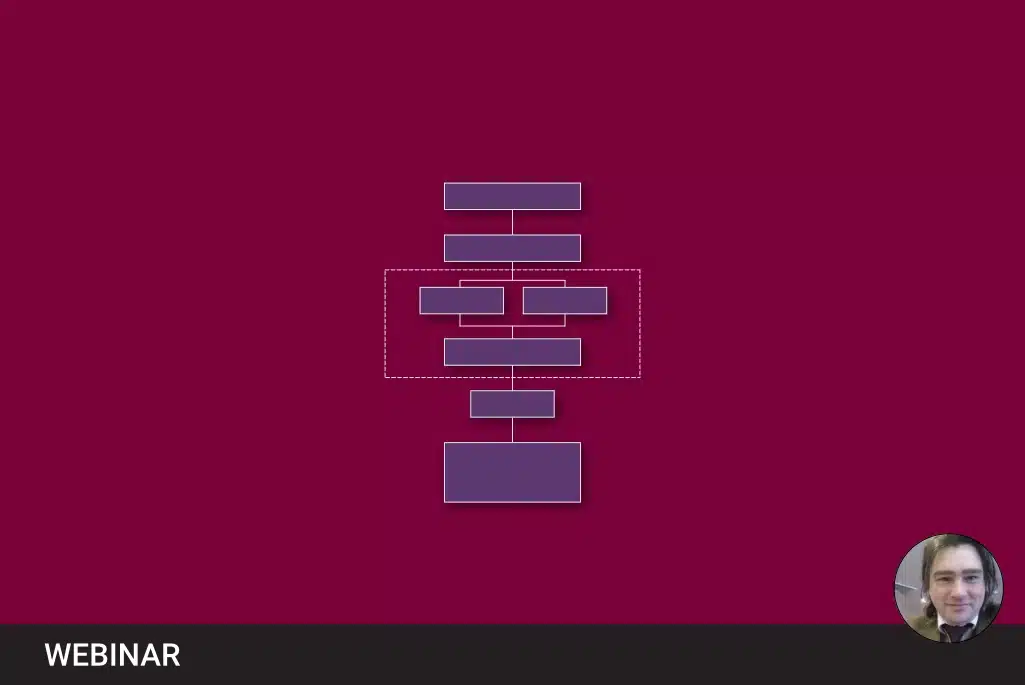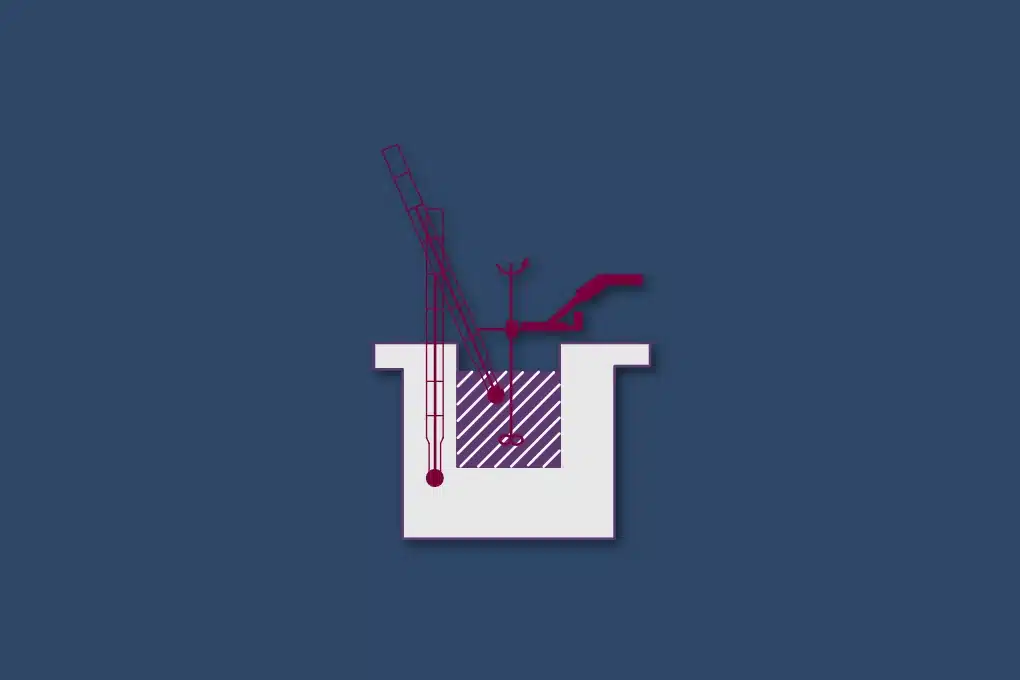Why does your manufacturing business need a DSEAR?
The UK manufacturing industry, despite its decline since the 1970s, is currently the ninth largest manufacturing nation in the world and, according to the Office for National Statistics, growth has grown by 1.4% a year since 1948.
The ONS argues that the UK’s manufacturing growth is related to an up-skilled workforce, a shift in emphasis on quality products, improvements to manufacturing technology i.e., automation and artificial technology, a globalised economy and an increased emphasis placed on R&D.
As the UK’s manufacturing industry continues to both lead and evolve throughout the fourth industrial revolution, many organisations continue to remain unaware of their need for a DSEAR assessment.
In this blog, we’ll quickly summarise what a DSEAR assessment is and why it is necessary for manufacturing organisations.
We’ll then identify and explore a few key challenges that many clients from the manufacturing industry have recently faced when trying to comply with the requirements of DSEAR.
What are the Dangerous Substance and Explosive Atmospheres Regulations (DSEAR)?
As part of this assessment, a hazard must be present – this is usually the presence of a flammable atmosphere and a source of ignition – essentially the fire triangle.
DSEAR regulations directly address safety hazards in your working environment specifically those processes and materials that can burst into flame and/or explode.
These hazards can include the handling and maintenance of potentially flammable, explosive and thermally reactive dusts, gases, vapours and other materials.
If not properly controlled, these hazards could lead to potentially catastrophic fire and explosion risks.
When undertaking a DSEAR assessment, the following ‘how likely’ questions are usually asked: how and where can flammable atmospheres develop, how likely will a source of ignition be present, who could be hurt, how severely, and what can be done to prevent it?
As a hierarchical risk assessment, a DSEAR should try and ensure that a flammable atmosphere is prevented, as far as reasonably practicable.
Essentially DSEAR tries to prevent flammable atmospheres from being developed.
If this cannot be achieved then DSEAR utilises specific equipment to reduce the likelihood of ignition (ATEX equipment), but also deals with managing any ignited events that occur – this is the Basis of Safety focussed on explosion prevention and protection.
DSEAR & Manufacturing
DSEAR regulations apply to most activities that are undertaken throughout the manufacturing industry if they use materials that are capable of combustion.
These activities, as stated by the HSE’s brief guide to DSEAR include:
storage and use of flammable liquid-based paints and inks;
storage of flammable gases i.e. LPG;
storage of liquid petroleum gas;
storage and use of oxygen;
storage and transport of powders in pharmaceutical and food industries;
storage and display of flammable goods, such as paints in shops;
handling and storage of flammable waste solvents;
welding or other ‘hot work’ on tanks and drums that have contained flammable material;
use of flammable gases, such as acetylene, for welding;
use of flammable solvents in laboratories;
transport of flammable substances in containers around a workplace;
deliveries from road tankers, such as flammable liquids, gases and bulk powders;
chemical manufacturing, processing and warehousing.
From granulated thermoplastic polyolefin-based compounds and elastomers for the automotive industry to the application and storage of paints, solvents and cleaning materials used during industrial painting, DSEAR assessments are a legal requirement, and it requires employers to assess the risk of fires and explosions caused by dangerous substances in the workplace.
Equipment and HAC
The key way in which manufacturers can demonstrate that they comply with DSEAR legislation is by undertaking a Hazardous Area Classification (HAC) study (which identifies the location of potentially flammable/explosive atmospheres and their size or extent – these are termed ‘Zones’) and to ensure that all equipment present in these specific zones are suitable.
Employers must classify areas where potentially explosive atmospheres may occur into specific zones – 0, 1 and 2 for gases, vapours and mists and zones -20, 21 and 22 for dust.
A zone’s classification depends on the probability of explosive atmospheres occurring alongside its persistence and is defined by DSEAR as ‘any place in which an explosive atmosphere may occur in quantities such as to require special precautions to protect the safety of workers.’
Schedule 2 of DSEAR contains descriptions of the various classifications of zones for gases and vapours and combustible dust. We have a short blog on how to avoid over-zoning, which you can read here.
Special precautions for all manufacturing equipment need to be taken in hazardous zones to prevent them from becoming a source of ignition.
Depending on how the zone has been classified, specialist ‘EX’ rated or non-specialist equipment can then be placed in appropriate zones.
This also includes all manufacturing equipment, fixtures, fittings and tools that must all be rated as suitable or higher, for use in that zone.
As a manufacturing business, the updating of equipment due to technological advances in some industries can occur frequently.
When manufacturing equipment is updated or modified, or hazardous zones are updated then an assessment must be undertaken by a competent person.
Change of process
COVID-19 continues to be the dominant theme affecting the personal and professional lives of everyone around the globe.
Although some countries are starting to see the ‘light at the end of the tunnel’, the impact of this virus will be felt for years to come.
However, if COVID-19 has taught the manufacturing industry one thing, its that they could meet demands and, in some cases, implement agile working methodologies to what is usually a linear style of working.
Hand sanitiser, as manufactured by many beer and spirit makers, is the perfect example of this process pivot in one manufacturing industry during the last couple of years.
If we take the above example as a change, then any DSEAR documentation should be reviewed as a significant change has occurred in the process.
A DSEAR risk assessment and a Hazardous Area Classification (HAC) study, should be undertaken to identify whether any proposed change affects the risks associated with the change of process.
A Management of Change (MoC) and other checklists that have been completed by a competent person is sufficient to identify potential risks resulting from the changes to your process.
Ultimately, a DSEAR assessment should always be reviewed if you believe that your current DSEAR may be invalid.
Although this could include the standardised 3-5 year time frame, it is recommended that a review should occur if you have recently had a near miss or, as argued above, if you have made even minor changes to your process.
New product lines involving potentially dangerous substances
To comply with the dangerous substances and explosive atmospheres regulations, employers must undertake risk assessments on their manufacturing operations when potentially dangerous substances are involved.
Therefore, a DSEAR assessment is needed when a new product line is constructed.
If these risks can’t be eliminated, they should be reduced as much as possible.
There are many ways in which this can be done so manufacturing processes can comply with DSEAR regulations and they may include; the substitution of dangerous chemicals, or containment, ventilation or protection methods in explosive atmospheres.
It must be noted that DSEAR applies to the way in which a chemical substance is used, stored or processed.
As an example, although diesel is classified as “flammable” under the Classification, Packaging and Labelling Regulations (CLP), its flashpoint is around 58oC.
So, at ambient temperatures, flammable atmospheres will not be developed with diesel.
However, diesel oils can become a fire and explosion hazard when heated to temperatures above the flashpoint.
If your process uses diesel at elevated temperatures then DSEAR, therefore, applies to the specific situation rather than their fundamental properties.
This also applies to the use of all other substances that may decompose, release energy or react in standard manufacturing practices such as mixing, milling or dispersing.
Undertaking a risk assessment like a DSEAR assessment will use the information about the physical and chemical properties of a potentially dangerous substance used in the manufacturing process and will utilise the operational characteristics of a facility’s work processes to determine potential hazards and risks.
Insurance
Whether you own a small business or are part global a multinational manufacturing corporation, your workplace’s safety, the employees who are working for you and the environment are of huge importance to the fabric of your business.
By complying with DSEAR regulations, you’re preventing any potential disasters that arise from any dangerous substances used throughout your operation.
It is therefore not surprising that increasingly insurance companies are asking companies if they have undertaken a DSEAR assessment.
An important reason to do the DSEAR assessment, apart from protecting your business from disaster, is to ensure that you are insured against potential disaster.
Businesses must be prepared for and have plans for any unexpected and unfortunate events caused by the effects of fire and explosions from dangerous substances.
In recent months, we’ve received multiple queries from clients that have had to undertake DSEAR assessments at the request of insurance companies because it should show how you are managing the risks of fire and explosions at your premises
Although there isn’t a specific fire and explosion damage insurance policy that can be issued by insurance companies, there are other forms of insurance, such as business contents and business buildings insurance, that can pay to repair or replace items damaged due to a disaster caused by the above.
But, by undertaking a DSEAR assessment, you can decrease insurance costs by confirming to insurance companies that you have applied recognised safety regulations to your work environment.
The takeaway for manufacturers
For many manufacturing companies, simply complying with DSEAR by undertaking the assessment every 3-5 years isn’t enough.
Although this should be the absolute minimum for legal compliance, there is a multitude of other factors that should be taken into consideration whenever there are significant changes to the process – this can include any modifications to materials.
By undertaking a DSEAR risk assessment, a manufacturing company, no matter the size, can create effective process safety management systems leading to fewer accidents or near misses, optimised process systems, decreased insurance costs and, as a result, less cost if fire or explosions occur at your workplace and ultimately, protect people, your workplace, the environment and your business.
Sigma-HSE partners with businesses across the manufacturing industry and offers cost and time-effective solutions to ensure and maintain safety in the work environment without the exorbitant fees and delays to your operations.




